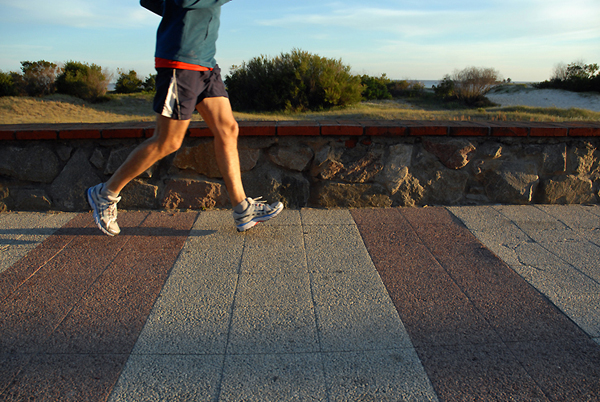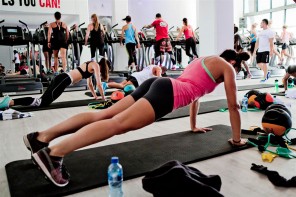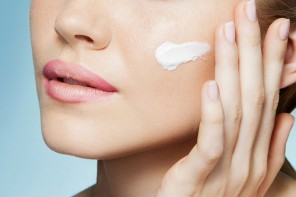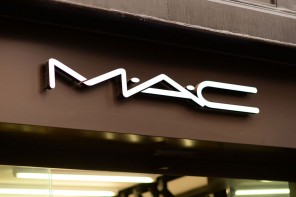Does this sound familiar: you regularly do cardio classes at the gym – you katabox, step and zumba, work up a sweat and go home. You spend hours on the elliptical glider – you’re not really sweating, but you’re exercising, so you should be losing weight, right? Not necessarily.
A lot of us ladies focus on doing relatively slow, steady-state exercise for longer instead of fast, rapid aerobic exercise in order to remain in their “fat burning zones”. Dieticians and fitness instructors give this advice and too many accept it on face value and spend their time doing easy endurance exercises to lose weight.
Many people prefer to stay in their comfort zones when it comes to exercising. I hear you – doing frog leaps, rapid squats and swinging around a kettle bell is not as fun as casually strolling to the sounds of Lil Wayne on your iPod or doing step class after step class. I’m guilty of this myself (I would much rather spend my evening twirling and tapping around on a step than walking up and down the gym doing lunges like a loon).
Also, many of us aren’t really bothered about “becoming athletes”. We don’t want to be one of those people that does star jumps in the parking lot or hauls huge tires across a golf course – because it doesn’t look cool. It looks like you’re trying too hard. So the idea of burning calories in your “fat burning zone” makes sense and also helps us to not become red-faced hot messes in front of everyone else at the gym.
Does the fat burning zone exist?
First let’s quickly take a look at how the fat burning zone is calculated. A widely used estimate is 220 minus age (there are different tests for age, fitness level and gender – but this is the ball park figure). The fat burning zone is suggested to be at 55% – 65% of your maximum pulse.
The fat burning zone exists, but it’s often exaggerated. The confusion comes in when people say that more fat is burned when doing low-intensity exercise, when in fact a greater percentage of fat is burned at lower intensities than higher intensities.
When exercising at lower intensities, your body may burn 50% of the calories from fat (at higher intensities, this can drop down to 35%). But – and this is a huge but – you will burn way more total calories at higher intensities.
Aerobic exercises don’t build muscle, so you will burn the 300 calories during step class, but as soon as you stop working out, you stop burning calories. You’ll work off the slice of cake, but if that slice of cake isn’t the only thing you ate all day, you might not make a dent in burning off the calories you consumed. You can easily “out eat” your diet if you’re only focusing on low intensity cardio, here’s why:
Your metabolic rate, which is controlled by your thyroid, determines how many calories you burn throughout the day. Low intensity aerobic exercises won’t turn your body into a fat burning machine. The only thing that will make your body burn more fat is when you’re upping your metabolism, and this can only be done by building more muscle.
You burn calories all the time – not just when you’re exercising. Each pound of muscles requires about 50 calories per day to maintain – you don’t have to do anything else to burn those calories. Raising your metabolism is one of the key ingredients to long-term weight loss. It also means that you don’t have to constantly try to “work off” everything you eat.
Any exercise is better than no exercise
At the end of the day, you have to enjoy what you’re doing – but if you’re not losing weight, than you could just as well be enjoying Greys Anatomy on your couch. Going from a pear shaped person to a slightly smaller pear shaped person is nobody’s goal.
I read a great quote on Twitter the other day: Exercising is hard. Maintaining your weight is hard. Being fat is hard. Choose your hard.
Follow @adriennebrook on Twitter
Image via depthfitness.com











